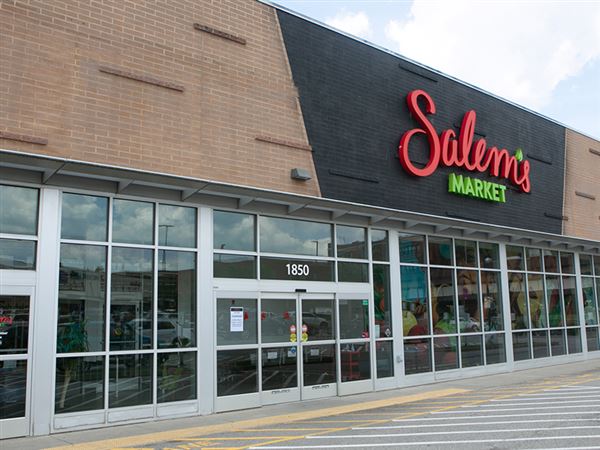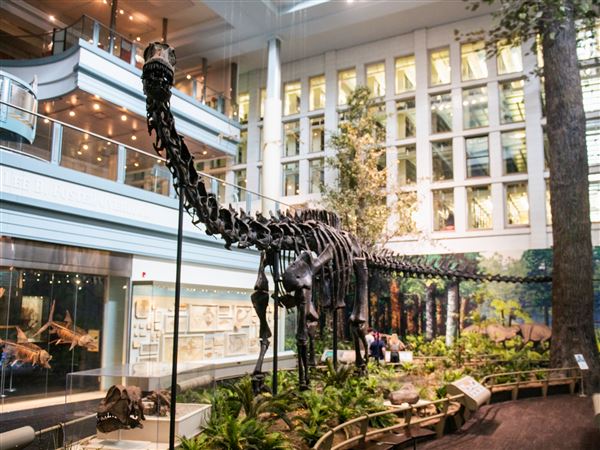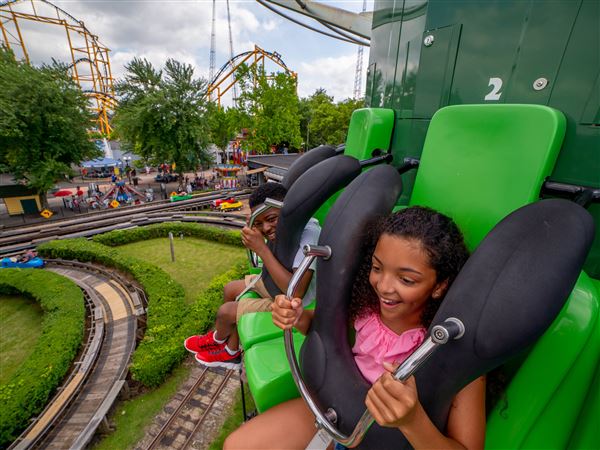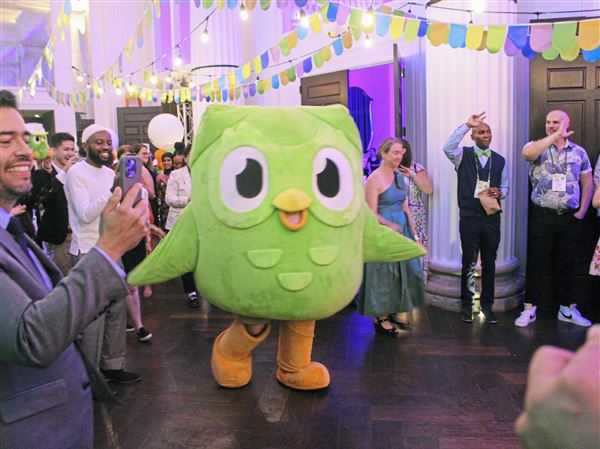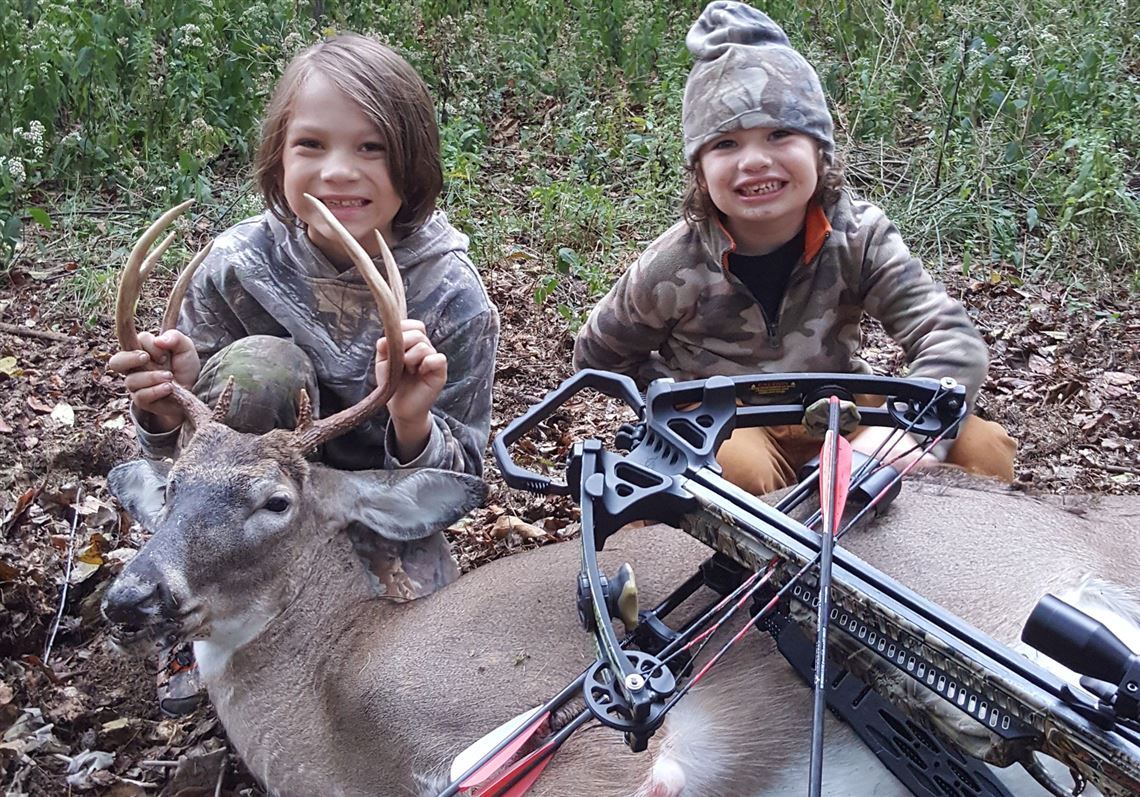The state Department of Environmental Protection, Department of Conservation and Natural Resources and Fish and Boat Commission have known for years that Pennsylvania can not meet its federally mandated Clean Water Blueprint goal. Established in 2010, the agreement calls for the state to have in place by 2017 at least 60 percent of the pollution-reduction practices necessary to restore some 19,000 miles of polluted rivers and streams to agreed-upon water-quality standards. According to the Blueprint, failure to comply would be enforced by the U.S. Environmental Protection Agency.
Last month, Sen. Tom Killion, R-Middletown, introduced legislation that would grease the remediation funding wheel by slipping $315 million a year into Growing Greener for conservation, recreation and environmental preservation projects statewide. A repository for the funding of environmental conservation programs, Growing Greener has bankrolled the protection of some 33,000 acres of Pennsylvania farmland and more than 50,000 acres of threatened habitat. Since the 2000s, funding of Growing Greener has dropped by 75 percent.
Sen. Killion said the $315 million would be divided among Fish and Boat, the Game Commission, the state Department of Community and Economic Development and the Pennsylvania Historical and Museum Commission. It would be “the first step in the process” of funding critical environmental and quality-of-life programs, he said, in a statement.
Increased farmland remediation would go a long way toward meeting the state’s Blueprint responsibility. Harry Campbell, executive director of the Chesapeake Bay Foundation, said the proposed legislation would be a “down payment for renewed clean water efforts,” but more funding would be needed to meet Blueprint goals. The foundation has called on the U.S. Department of Agriculture to provide an immediate infusion of $20 million in new restoration funds to reduce pollution in five southcentral Pennsylvania counties that Campbell said are contributing to the pollution of Chesapeake Bay.
Fishing license discounts
Steelhead are passing nearer to Lake Erie tributaries, fall trout stockings begin this week and the stripers are active at Raystown Lake. But many late-season anglers are reluctant to pay nearly $30 for a 12-month fishing license that’s good for less than 90 days.
Last week, the Fish and Boat Commission announced it was dropping the price of select 2016 licenses by 50 percent through the end of the year. The half-off promotion runs through Dec. 31 and includes the resident license ($12.40), senior resident ($6.90) and nonresident ($27.40).
“This is another way for us to market to a segment of the population which may be drawn to fall fishing opportunities but haven’t wanted to purchase a full-year license,” said John Arway, executive director, in a statement. “At the same time, we think it’s an enticing offer to lapsed anglers, allowing them to renew their interest in fishing.”
Fish awards
From May through September, participants in Venture Outdoors’ TriAnglers lunchtime fishing program met for two hours each Wednesday on the Allegheny River’s North Shore wharf under the Clemente Bridge. During the 2016 season, they caught and released 162 fish totalling 2,275 1/2 inches.
Following the final TriAnglers meeting of the year Wednesday, awards were presented to the program’s top anglers and frequent participants. Frank McCormick of McKees Rock landed the biggest fish, a 35-inch flathead. The Golden Rod Award went to John Force of the North Side for his 50-fish total measuring 731 1/4 inches.
“I don’t use the little minnows they give out for bait, or the nightcrawlers,” said Force. “I get big shiners -- 3 to 5 inches -- and I buy [green] nitro worms. Bigger bait, bigger fish, more fish.”
First Published: October 2, 2016, 4:00 a.m.


